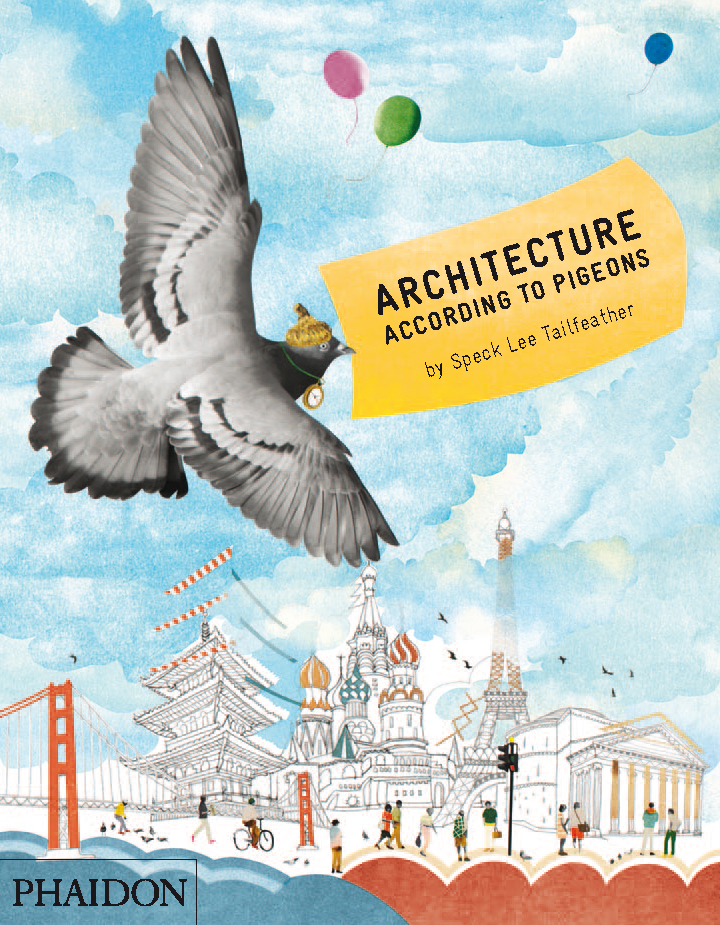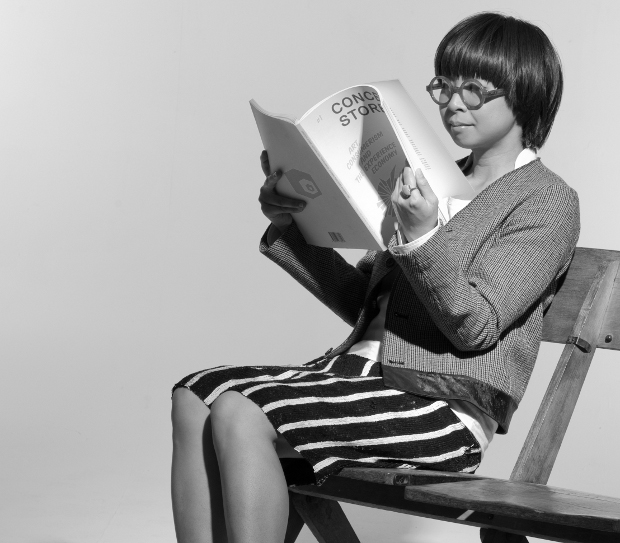
How Louis Vuitton and Hermès illustrator Natsko Seki helped create Architecture According to Pigeons
The pictures in Architecture According to Pigeons, our new children’s title, have a delightfully naïf, mid-century look; you could almost believe they were knocked up in a particularly well-taught Manhattan kindergarten, six months prior to the moon landings. In fact, the book’s illustrator, Natsko Seki creates her work in a particularly modern manner, drawing by hand, then manipulating her collages digitally, to create these high-tech works with a bright, childlike feel.
Tokyo-born Seki studied illustration in Brighton, and now resides in London, where she works as an illustrator, producing work for clients such as Louis Vuitton, the Royal Society of Arts, Hermès and, of course, Phaidon. Read on to discover how this book changed her working practices, which images she is most proud of, and why the arrival of her own son added a little anxiety to the creation of this marvellous children’s book.
Hi Natsko. How do you describe your work to people?
My method of working is digital collage. I combine my drawings and my photographs on computer. I often collage photos of my family and friends.
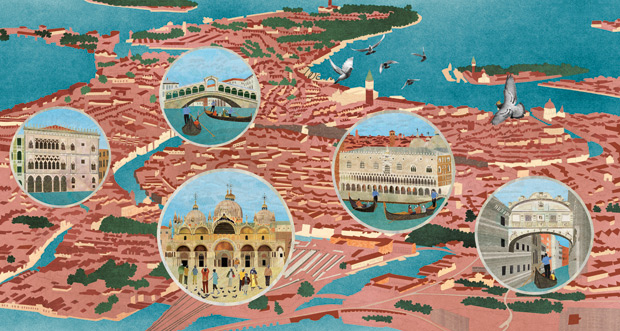
Where might our readers have come across your pictures before?
Perhaps in a travel book that can be found at Louis Vuitton Stores. I have also done posters for Transport For London, posters for Kensington Palace and others.
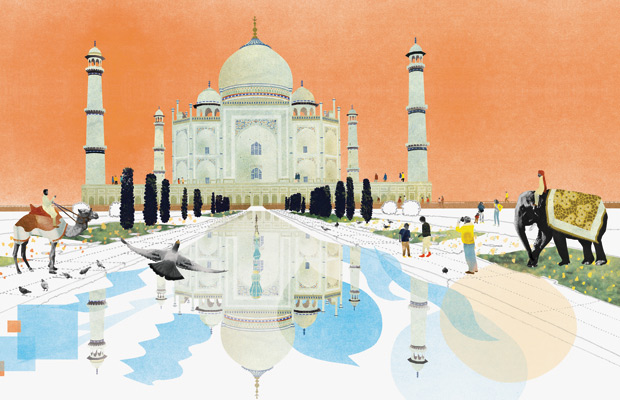
What were your first thoughts when you were asked to illustrate this book?
I thought it's such a lovely idea that a pigeon tells a story about architecture! But I felt anxious at the same time as it was just after I gave a birth to my first son.
How did you develop the pictures? What was the editorial process like?
I received about five texts at a time, and I created illustrations for them. After they are approved, I moved on to work on the next butch of texts. So I've never read the whole texts until I nearly completed. It was a long journey.
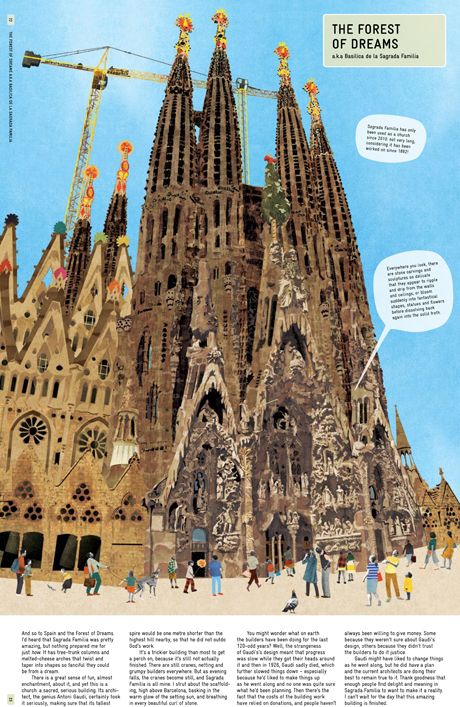
Was it hard to make sure the pictures looked architecturally accurate?
I definitely felt it was difficult. I developed my practice a lot throughout making this book. I used to draw architecture with black pencil on white paper, and then add some colours to them after scanning them to computer. But I had to develop a different technique for this book, as the colour of the architecture had to remain true to life.
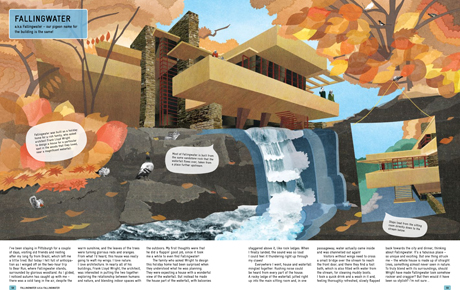
Which image are you most proud of?
I like a lot of them. Canterbury Cathedral, the Eiffel Tower, Sagrada Familia, Venice city, Falling Water (both inside and outside) are my favourites.
Pre-order Architecture According to Pigeons here.
